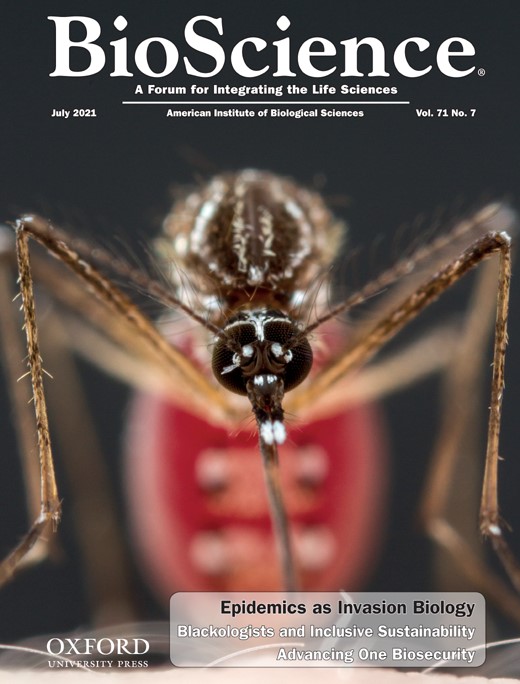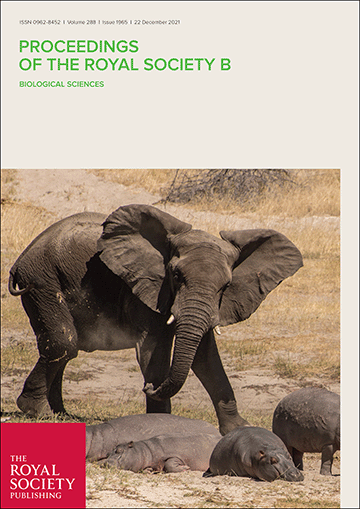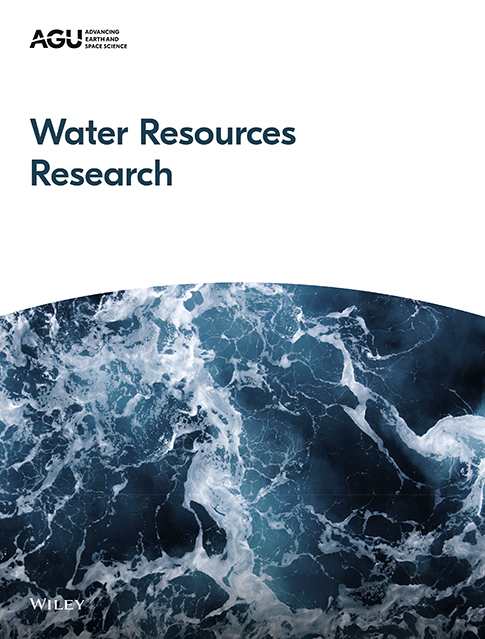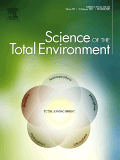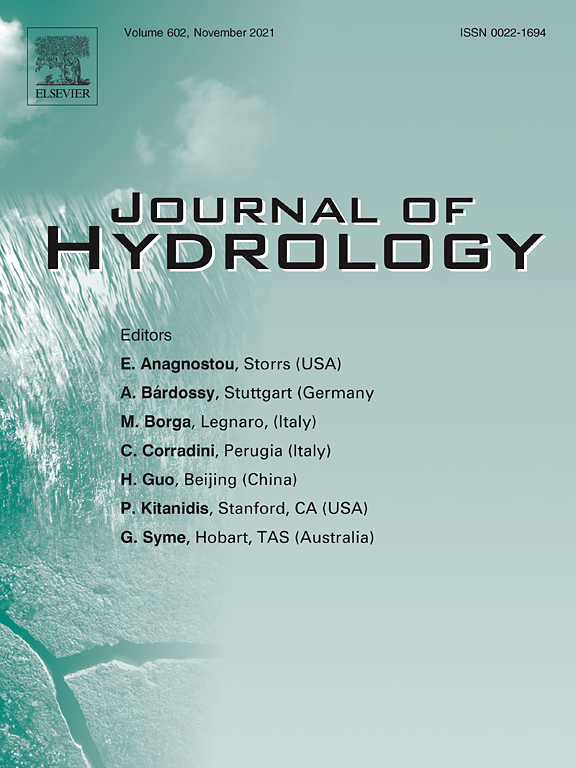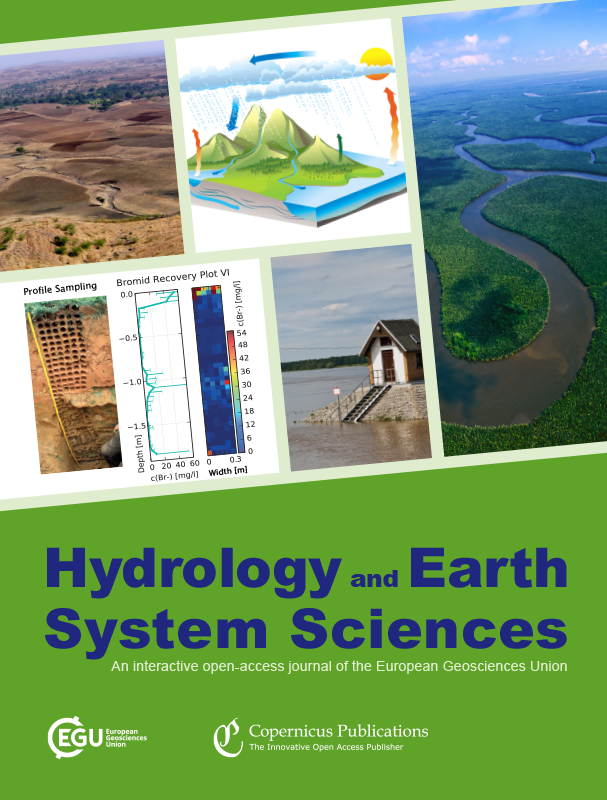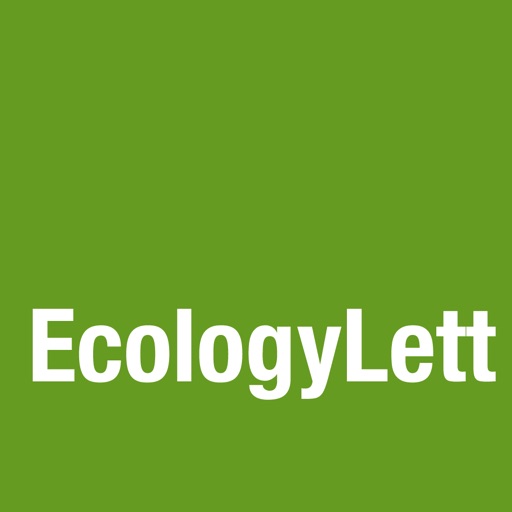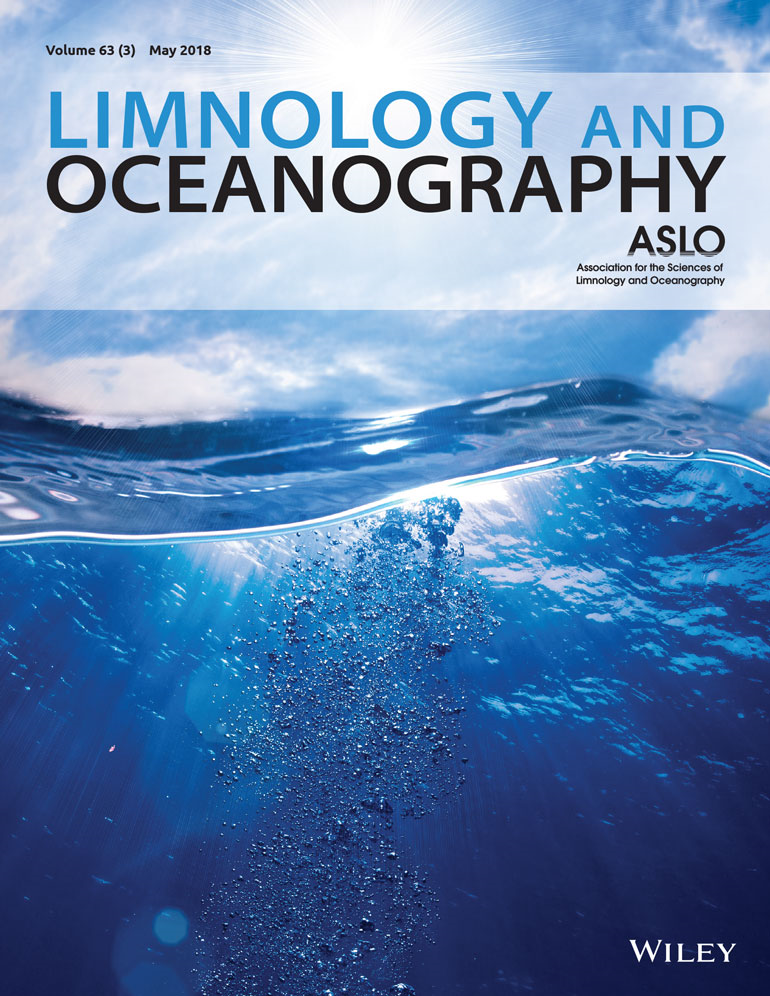Where, when, and how FAIR do data from aquatic mesocosm experiments get published?
Individual differences in speed–accuracy trade-off influence social decision-making in dyads
Hydrological Connectivity Dominates NO3-N Cycling in Complex Landscapes – Insights From Integration of Isotopes and Water Quality Modeling
The authors integrated isotope-aided with N modelling to quantify the (dis)connection of different flow paths and related biogeochemical transformations, which is important for land and water management. Hydrological connectivity controls N transformations by regulating soil moisture and available NO3-N for processing from upstream inflows.
Towards sustainable lake restoration
Assessing hydrological drought propagation through assimilation of GRACE for groundwater storage anomalies modelling in northeastern Mexico
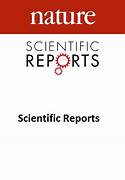
Morphological and molecular assessment of muscle metacercariae infecting tench Tinca tinca from fish farms and wild populations in Germany
Understanding ecohydrology and biodiversity in aquatic nature-based solutions in urban streams and ponds through an integrative multi-tracer approach
The authors used stable water isotopes, hydrochemistry and eDNA in a novel, integrated tracer-approach to show how ecohydrological interactions and biodiversity in urban aquaNBS are influenced by urban water sources and connectivity. The direct linkages between hydrology and microbial patterns are highlighted, illustrating the sensitivity of aquaNBS to anthropogenic and climate influences.
Dynamic Environmental Niches of Marine Invasive Species Over 200 Years
Nuisance alga reduces lake partial pressure of carbon dioxide and carbon flux to the atmosphere in boreal lakes

Fifty years of limnological data on Lake Stechlin, a temperate clearwater lake
The presented dataset from Lake Stechlin covers basic water-chemical and physical records taken at monthly to fortnightly intervals from 1970 to 2020, documenting limnological changes during that period. Furthermore, it serves as a valuable basis to assess and project potential consequences of climate change and other types of environmental change on deep clearwater lakes in temperate climates.


